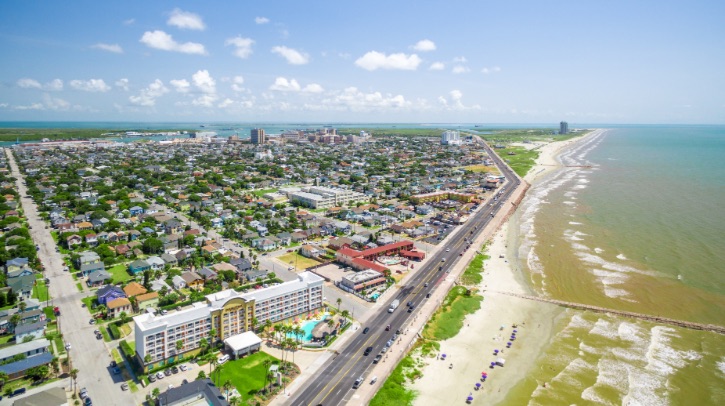Hanadi Rifai, Moores Professor of Civil and Environmental Engineering and director of the University of Houston’s Hurricane Resilience Research Institute, has created a numerical computer model to help scientists and environmental experts understand how water moves in estuaries and evaluate extreme weather events and natural hazards. The model is the focus of an article in the journal Environmental Science and Pollution Research.
Monitoring local pollutants
Rifai spent two decades examining Galveston Bay – its tides, currents and how fresh and salty water mix, continually extending knowledge about predicting water levels, pollution spread and how ecosystems stay balanced.
“Models such as this one will be critical for evaluating climate variability and sea-level fluctuation impacts on these lifeline systems for coastal communities,” reported Rifai, whose work is also intended to guide better decisions to keep water clean, protect wildlife, and prevent the spread of flooding and pollution.
Over the years, Rifai has focused on emerging pollutants and pathogenic pollution, and conducted multiple sampling campaigns including sampling associated with hurricanes Ike and Harvey. She highlighted the importance of taking samples over time and incorporating rainfall events and stream flows into predictive estuarine models.

Considering extreme weather
“An important lesson learned has been that the estuary, while thriving and vibrant, is a complex system with many ‘moving parts’, and is sensitive to external influences that include extreme events (hurricanes, high winds, tidal fluctuations, extreme rainfall, drought, extreme heat, and industrial accidents and incidents),” said Rifai. “Historical uses have left their footprint and continuing uses such as navigation and recreation, and municipal and industrial discharges, are also associated with a ‘trace’.”
According to the analysis, rainfall made water move faster, especially in the deep water. Additionally, where rivers met the estuary, water flow and speed were more unpredictable. Storms also reduced salt but increased the amounts of suspended sediment in the water column (the surface to the bottom). Finally, rainy days increased sediment, which supports the idea of sediment mobilization during storms. The latter causes the redistribution of pollutants within the estuary.
“The interactions between the water column and the underlying sediment and how to model those was a key focus in addition to evaluating the influence of extreme rainfall and hurricanes on identifying depositional versus erosional parts of the system,” said Rifai.
The other members of the research team were Adithya Govindarajan at Gradient Corp. and Martin Nguyen, a graduate student in the Rifai lab.
In related news, stratospheric balloon technology company Involve Space recently completed its first US pilot launch at Ellington Airport (EFD) in collaboration with the Houston Spaceport and the Federal Aviation Administration (FAA). Click here for the full story.



